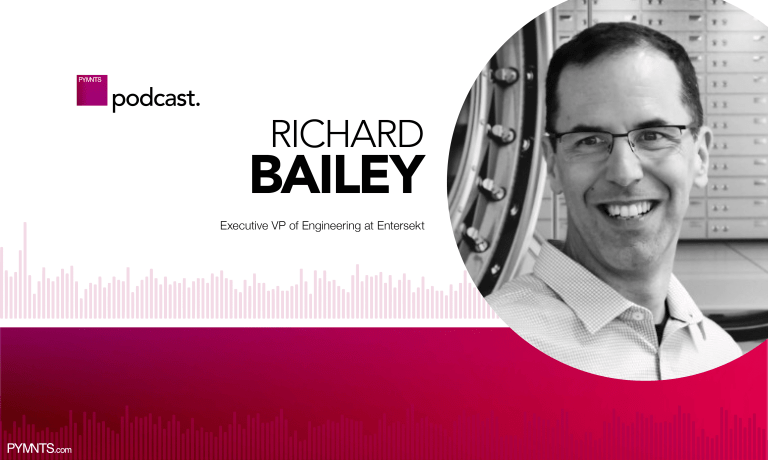
After two years of the pandemic — and the new way of living and working that came along with it, with no end in sight — more and more people are naturally responding to the prolonged anxiety and uncertainty with fatigue, exhaustion, lack of motivation, difficulty concentrating and an overarching feeling of hopelessness.
As someone whose role is to provide an environment where engineers can be as productive as possible, Richard Bailey, executive vice president of engineering at Entersekt, has been dealing with more issues than ever — both with people and engineering, as the company adopted remote and hybrid working models.
“As an engineering leader, I’ve had to be less of an engineer in the last two years and more of a people person,” Bailey told PYMNTS.
Leading With Empathy
He and other executives at the company have responded with empathy, holding all-hands meetings and having open conversations about the pressures of living and working during the pandemic.
“We found that was really important, to lead with empathy, but also to experiment a little bit with some of the things that we could do,” Bailey said.
One thing they did was measure engagement. Using an employee survey Bailey compared to a Net Promoter Score (NPS) survey, Entersekt asked employees to rate, on a scale of one to 10, how they would recommend the company as a great place to work.
Beyond that, the surveys ask for ‘yes’ or ‘no’ answers to questions about whether employees feel they have a choice in the type of work they do, whether they feel they are being recognized for the work they do and whether they feel they’re being encouraged to grow.
“That was a big wake-up call,” Bailey said. “In the pandemic, we’re dealing with all our personal things, and at work, we’re working so hard, but maybe the organization forgot to say, ‘Thank you so much for pitching up at work today not wearing your PJs,’ or something like that.”
Creating Substitutes for Watercooler Conversations
Bailey also started having all-hands meetings with the engineering group more regularly. In the absence of the watercooler conversations, they needed another way to “work on the team” and to talk about the context of the pandemic and what Entersekt was doing as a business to introduce the right product at the right time.
The company also introduced a series of one-hour training sessions that would help everyone be more “future fit,” Bailey said. They also brought in external coaches and had open conversations on Zoom and Teams.
To recreate the social time people would have in an office, they ordered food so that it would arrive at everyone’s homes at the same time and had lunch together while videoconferencing.
“It seems like something really simple, but it’s such fun for everyone — it just breaks the tension,” Bailey said. “So, at a team level, we focused on that, and those were some of the things that we did to inspire people.”
Dealing With Pandemic Fatigue
It’s important for tech organizations to be clear on how they measure capability in the team, Bailey said. In addition to measuring outcomes and processes, companies should also measure improvements in how people are dealing with the pandemic and the hybrid way of working.
“I think we’re going to see organizations lean in with some more specific training around how we build this capability to deal with this pressure — the pandemic fatigue,” Bailey said.